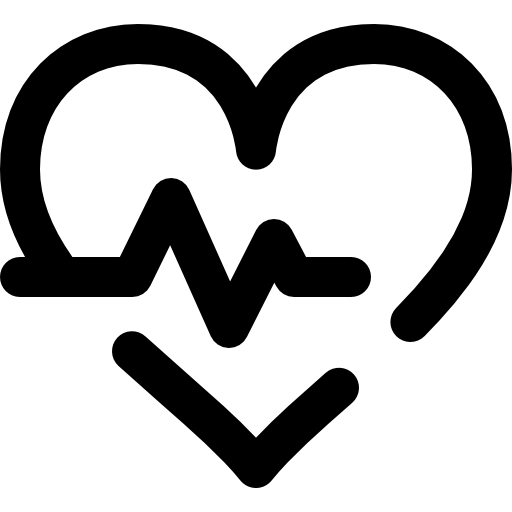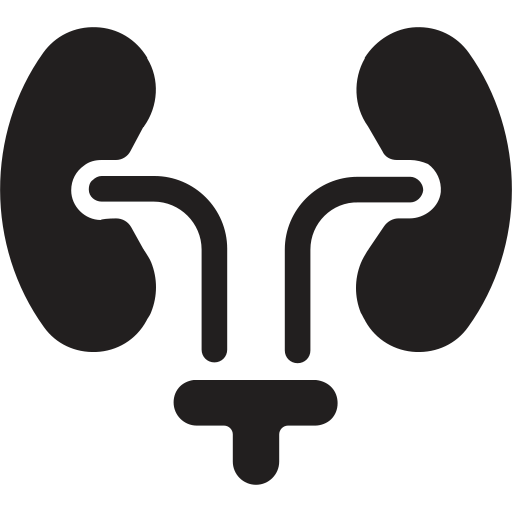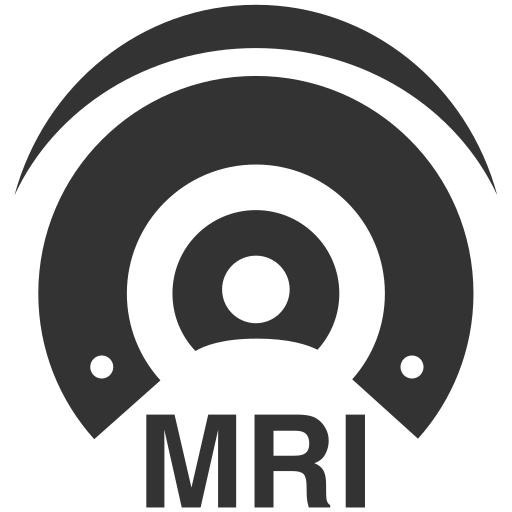Select Location
*All fields are mandatory.

 CARDIOLOGY
CARDIOLOGY
 UROLOGY / NEPHROLOGY
UROLOGY / NEPHROLOGY

Uroflowmetry is also known as Uroflow test is done to evaluate the functioning of urinary tract. This test is recommended to a person complaining of difficulty in urination. It measures the amount and speed of urination and helps in detecting in any obstacle in urinary tract.
 GASTROLOGY
GASTROLOGY

Colonoscopy Test is conducted to check large intestine (especially the colon and rectum) to find signs of swelling, bleeding, and abnormal growths.

An upper GI endoscopy test is conducted by the doctor to examine problems related to your upper gastrointestinal tract like the oesophagus (food pipe), stomach, and small intestine.

An upper GI endoscopy test is conducted by the doctor to examine problems related to your upper gastrointestinal tract like the oesophagus (food pipe), stomach, and small intestine.
 EAR-NOSE-THROAT
EAR-NOSE-THROAT

A Brainstem-Evoked Response Audiometry – BERA test measures your brain’s response to sounds you hear.

Tympanometry is a diagnostic test used to assess the function of the middle ear and the flexibility of the eardrum. It provides valuable information about the middle ear’s pressure, and capability to convey sound waves.

Audiometry test is a simple and painless hearing test that helps assess how well you can hear different sounds. The test measures your ability to hear sounds across different frequencies.

FOL is performed to check and diagnose various conditions affecting the larynx, such as vocal cord disorders, vocal cord nodules or polyps, vocal cord paralysis, and tumors.
 X-RAY IMAGING
X-RAY IMAGING

X-Ray is an imaging technique to visualize the different bone conditions along with surrounding soft tissues. Pregnant women should inform the physician before the examination about their condition.

X-Ray is an imaging technique to visualize the different bone conditions along with surrounding soft tissues. Pregnant women should inform the physician before the examination about their condition.

X-Ray is an imaging technique to visualize the different bone conditions along with surrounding soft tissues. Pregnant women should inform the physician before the examination about their condition.

X-Ray is an imaging technique to visualize the different bone conditions along with surrounding soft tissues. Pregnant women should inform the physician before the examination about their condition.

X-Ray is an imaging technique to visualize the different bone conditions along with surrounding soft tissues. Pregnant women should inform the physician before the examination about their condition.

Chest X-Ray is an imaging technique to visualize the Chest bones along with surrounding soft tissues. Pregnant women should inform the physician before the examination about their condition.

X-Ray is an imaging technique to visualize the elbow joint along with surrounding soft tissues. Pregnant women should inform the physician before the examination about their condition.

X-Ray is an imaging technique to visualize the elbow joint along with surrounding soft tissues. Pregnant women should inform the physician before the examination about their condition.

X-Ray is an imaging technique to visualize the calcaneus bone along with surrounding soft tissues. Pregnant women should inform the physician before the examination about their condition.

X-Ray is an imaging technique to visualize the ankle bone along with surrounding soft tissues. Pregnant women should inform the physician before the examination about their condition.

X-Ray is an imaging technique to visualize the ankle bone along with surrounding soft tissues. Pregnant women should inform the physician before the examination about their condition.

It is an imaging technique to visualize paranasal sinuses (PNS) along with surrounding soft tissues. Pregnant women should inform the physician before the examination about their condition.
 ULTRASOUND IMAGING
ULTRASOUND IMAGING

Shoulder ultrasound is commonly used in the assessment of rotator cuff and is as accurate as an magnetic resonance imaging in the detection of rotator cuff tear. It can be used as a focused examination providing rapid, real-time diagnosis, and treatment in desired clinical situations

A Fetal Echo or Fetal Echocardiogram, is an ultrasound that uses sound waves to determine the structure and function of an unborn baby's heart. It is very helpful to identify any kind of heart defects before birth. This is performed by a specially trained paediatric cardiologist or radiologist.

A breast ultrasound, or USG of both breasts, is a non-invasive imaging test that uses sound waves to create pictures of the inside of the breasts. It can help identify breast abnormalities, such as lumps, cysts, or other changes.

An ultrasound of the hand, also known as hand-ultrasonography, is a non-invasive imaging technique that uses sound waves to create images of the hand's bones, joints, muscles, tendons, nerves, and vessels.

An ultrasound of the hand, also known as hand-ultrasonography, is a non-invasive imaging technique that uses sound waves to create images of the hand's bones, joints, muscles, tendons, nerves, and vessels.

An ultrasound anomaly scan, also known as a 20-week ultrasound or anatomy scan, is a prenatal ultrasound that checks for fetal abnormalities. It's a routine part of prenatal care and is usually performed between 18 and 22 weeks of pregnancy.

A nuchal translucency (NT) scan is a prenatal ultrasound that assesses the risk of a fetus having any kind of chromosomal abnormalities. It's a screening test that's usually performed within a period of 11 and 14 weeks of pregnancy.

A nuchal translucency (NT) scan is a prenatal ultrasound that assesses the risk of a fetus having any kind of chromosomal abnormalities. It's a screening test that's usually performed within a period of 11 and 14 weeks of pregnancy.

Whole abdomen ultrasound, also known as an abdominal ultrasound, is a non-invasive imaging test that uses sound waves to create pictures of the organs of the abdomen. It can help diagnose pain, enlargement, or abnormalities in the organs.

An lower abdomen ultrasound, also known as an abdominal ultrasound, is a non-invasive imaging test that uses sound waves to create pictures of the organs of lower abdomen. It can help diagnose pain, enlargement, or abnormalities in the organs.

An upper abdomen ultrasound, also known as an abdominal ultrasound, is a non-invasive imaging test that uses sound waves to create pictures of the organs of upper abdomen. It can help diagnose pain, enlargement, or abnormalities in the organs.

A colour Doppler study is a non-invasive ultrasound that uses sound waves to create images that show the speed and direction of blood flow.

A colour Doppler study is a non-invasive ultrasound that uses sound waves to create images that show the speed and direction of blood flow.

A colour Doppler study is a non-invasive ultrasound that uses sound waves to create images that show the speed and direction of blood flow.

A colour Doppler study is a non-invasive ultrasound that uses sound waves to create images that show the speed and direction of blood flow.

A colour Doppler study is a non-invasive ultrasound that uses sound waves to create images that show the speed and direction of blood flow.

A colour Doppler study is a non-invasive ultrasound that uses sound waves to create images that show the speed and direction of blood flow.

A colour Doppler study is a non-invasive ultrasound that uses sound waves to create images that show the speed and direction of blood flow.

A colour Doppler study is a non-invasive ultrasound that uses sound waves to create images that show the speed and direction of blood flow.

A Colour Doppler of neck, also known as a Carotid Artery Doppler ultrasound, is a non-invasive imaging test that assesses blood flow in the neck's carotid arteries. It uses sound waves to detect blockages or narrowing of the arteries.

A Colour Doppler of neck, also known as a Carotid Artery Doppler ultrasound, is a non-invasive imaging test that assesses blood flow in the neck's carotid arteries. It uses sound waves to detect blockages or narrowing of the arteries.

A Colour Doppler Both Lower Limbs (Venous and Artery) refers to a non-invasive ultrasound test that uses colour Doppler technology to examine the blood flow in both the arms, assessing both the veins and arteries within the upper limbs to check for any blockages, narrowing, or abnormalities in blood circulation

A Colour Doppler Both Upper Limbs (Venous and Artery) refers to a non-invasive ultrasound test that uses colour Doppler technology to examine the blood flow in both the arms, assessing both the veins and arteries within the upper limbs to check for any blockages, narrowing, or abnormalities in blood circulation
 CT-IMAGING
CT-IMAGING

A CT scan of LS Spine is one of many imaging tests your doctor may prescribe to investigate internal problems with your spine. This includes low back pain, spine injuries, different diseases, herniated disk, infection. lower spine injury, osteoarthritis, a pinched nerve etc,

An NCCT KUB scan is a non-contrast CT scan of the kidneys, ureters, and bladder. It's a diagnostic tool that uses X-rays to create cross-sectional images of the upper urinary tract and particular areas of the body, especially concerning the abdomen and pelvis.

HRCT (High-Resolution CT) of the Chest/Thorax is a specialized type of CT scan that focuses on providing detailed images of the lungs and surrounding structures. It is primarily used to assess lung conditions in a more detailed way than a standard chest X-ray or regular CT scan.

A CT scan of the temporal bone is a specialized imaging procedure used to evaluate the structures of the temporal bone in the skull. The temporal bone houses important structures such as the ear canal, middle ear, inner ear, and parts of the facial nerve.

A CT scan, or computed tomography scan, is a medical imaging process that uses X-rays to create detailed and accurate cross-sectional images of the body. The images can be used to diagnose diseases, plan treatments, or assess the effectiveness of the on-going treatments.

CT whole abdomen test is an advanced, non-invasive, imaging technique which can take high resolution images of organs like kidney, gall bladder, lungs, pancreas, heart, intestines, spleen, liver, and stomach along with tumours, cancers, stones, inflammations, enlargements, etc.

CT of PNS is a diagnostic test used for evaluation and assessment of various diseases affecting the mucosa and bony cavities of paranasal sinuses. CT scan is the preferred imaging modality to identify various conditions affecting paranasal sinus, acute rhino sinusitis, polyps etc.

CT of the head uses special x-ray equipment to help assess head injuries, severe headaches, dizziness, and other symptoms of aneurysm, bleeding, stroke, and brain tumours. It also helps your doctor to evaluate your face, sinuses, and skull or to plan radiation therapy for brain cancer.
 MRI
MRI

MRI pelvis test is an advanced, non-invasive, imaging technique. A pelvic MRI scan specifically helps your doctor to see the bones, organs, blood vessels, and other tissues in your pelvic region - the area between your hips that holds your reproductive organs and numerous critical muscles.

Your doctor may order an MRI scan if they suspect any abnormalities within your knee joint. This MRI is used to determine the possible cause of your pain, inflammation, or weakness, before surgery. It is prescribed in conditions like arthritis, joint disorders, fractures, damaged cartilage, ligaments, tendons, or meniscus.

An MRI of the lumbar spine produces detailed pictures of the lumbar spine (the bones, disks, spinal cord, and other structures in the lower back). A lumbar spine MRI can detect a variety of conditions in the lower back, including problems with the bones (vertebrae), soft tissues (such as the spinal cord), nerves, and disks.

MRI whole abdomen test is an advanced, non-invasive, imaging technique which can take images of the kidney, gall bladder, lungs, pancreas, heart, intestines, spleen, liver, and stomach along with tumours, cancers, stones, inflammations, enlargements, etc. You may be asked to take an oral solution of gadolinium as contrast.

MRI of the lower abdomen with contrast is done to gain visuals of the organs of the pelvis and lower abdomen. You may be asked to take an oral solution of the gadolinium contrast substance. This substance helps increase the specificity of the images. Abdominal MRI helps to detect tumours, cancers, stones, inflammations, enlargements, etc.

MRI upper abdomen test is a non-invasive, imaging technique. An upper abdomen MRI scan takes images of the kidney, gall bladder, lungs, pancreas, heart, intestines, spleen, liver, and stomach. Doctors recommend an MRI upper abdomen to diagnose if your upper abdomen has any tumours or abnormalities in the upper abdomen.

Magnetic resonance imaging (MRI) of the hip uses a strong magnetic field, radio waves, and a computer to produce detailed pictures of the arrangements within the hip joint. MRI helps your doctor to diagnose or to evaluate pain in the joint, including determining whether you need surgery.

MRI Chest is a highly advanced, non-invasive, imaging technique. An MRI chest creates picture of chest and its surrounding tissues. Chest MRIs can help identify abnormal growths, especially in the middle of the chest. It can also show blood flow, heart structures, lymph nodes and blood vessels.

MRI Cervical Spine test is an advanced, non-invasive, imaging technique. It helps to detect various medical conditions, including aneurysms, tumours, bulging or herniated discs, and autoimmune disorders. The MRI Cervical Spine test provides clear and detailed images of the part of the spine that runs through the neck area (cervical spine), including the spinal cord, nerves, muscles etc.

MRI Brain test is a highly advanced, non-invasive, imaging technique. It helps to create high resolution images of the brain and surrounding tissues and muscles. MRI brain screening helps to diagnose conditions such as stroke, tumours, injuries, and neurological disorders. It also helps detect problems with brain development or brain structure and blood vessels.
 NEUROLOGY
NEUROLOGY

Electromyography (EMG) is a diagnostic process to evaluate the health of muscles and the nerve cells. Motor neurons transmit electrical signals that cause muscles to contract. An EMG interprets these signals into graphs, sounds or numerical values.

Electromyography (EMG) is a diagnostic process to evaluate the health of muscles and the nerve cells. Motor neurons transmit electrical signals that cause muscles to contract. An EMG interprets these signals into graphs, sounds or numerical values.

Electromyography (EMG) is a diagnostic process to evaluate the health of muscles and the nerve cells. Motor neurons transmit electrical signals that cause muscles to contract. An EMG interprets these signals into graphs, sounds or numerical values.

An electroencephalogram (EEG) is a test used to find complications related to electrical activity of the brain. An EEG tracks and records brain wave patterns. Electrodes are placed on the scalp, and then send signals to a computer to record the results.

A nerve conduction velocity (NCV) opr NCS Test of a single limb measures the speed of electrical impulses through the nerves in that limb. Also used to identify nerve damage and assess the health of the nerves.

A nerve conduction velocity (NCV) or NCS Test of all four limb measures the speed of electrical impulses through the nerves in that limb. Also used to identify nerve damage and assess the health of the nerves.

A nerve conduction velocity (NCV) opr NCS Test of a both upper limb measures the speed of electrical impulses through the nerves in the limbs. Also used to identify nerve damage and assess the health of the nerves.

A nerve conduction velocity (NCV) opr NCS Test of a single limb measures the speed of electrical impulses through the nerves in that limb. Also used to identify nerve damage and assess the health of the nerves.